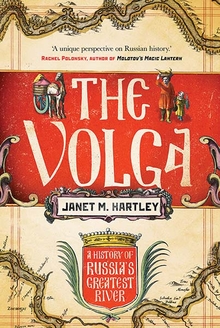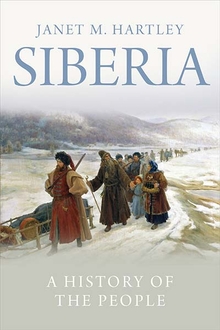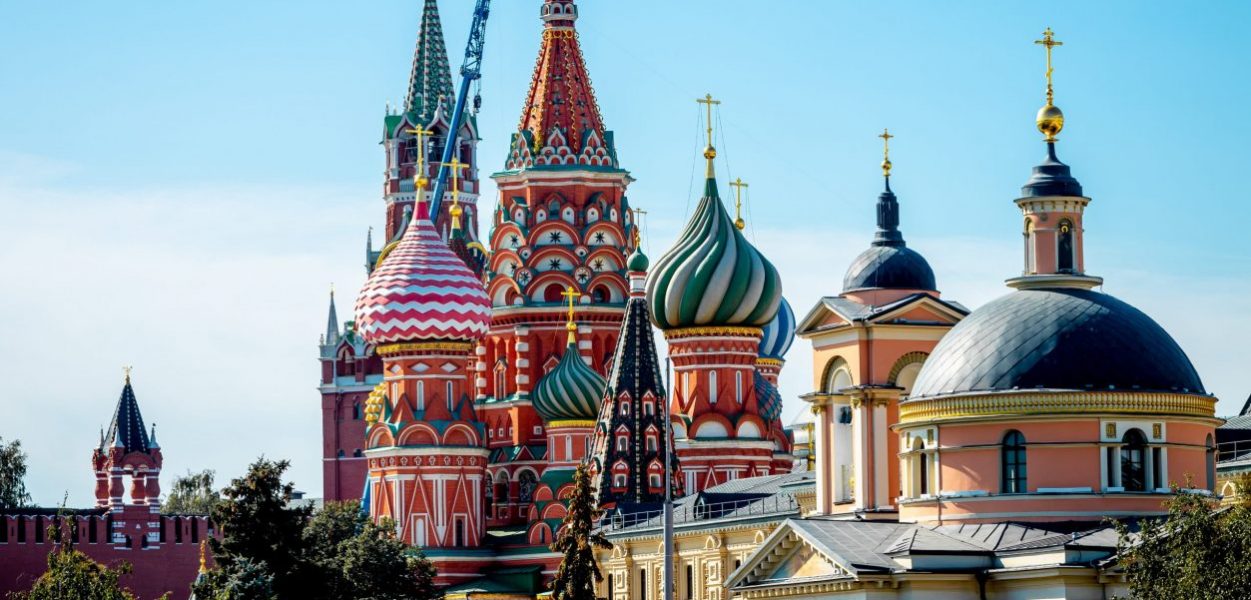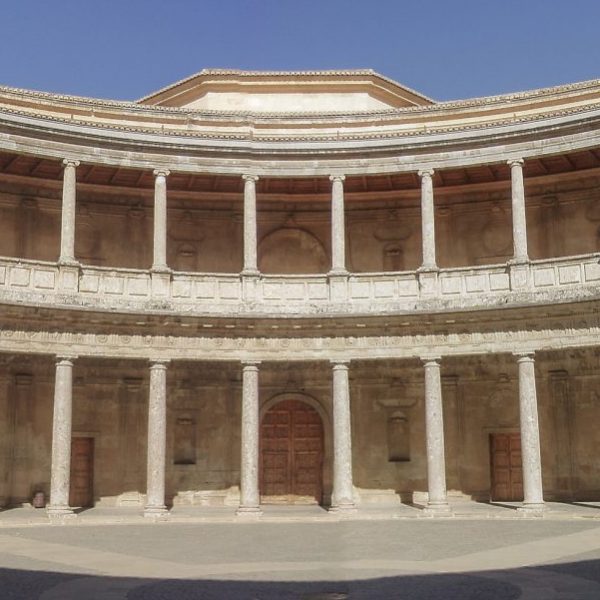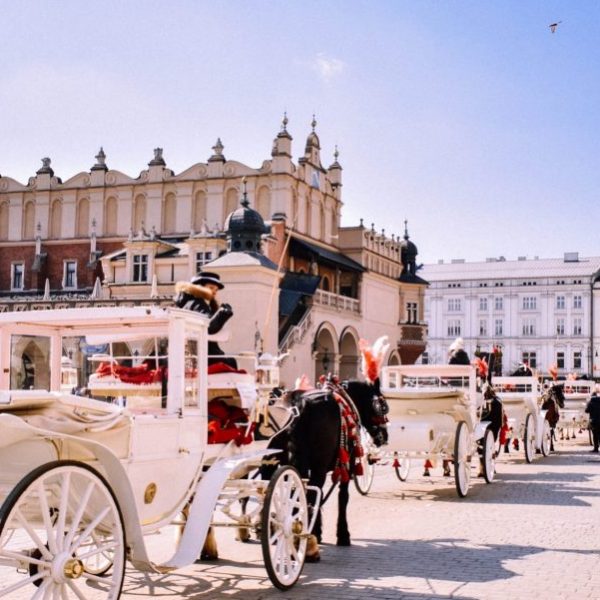How the Russian State Sustained an “Empire of Difference”
Janet M. Hartley—
In the late thirteenth century, Muscovy was a small, landlocked principality and a vassal state of the Mongol Empire. By the late the sixteenth century, however, it had experienced an extraordinary expansion of territory under the control of Ivan IV, who styled himself no longer grand prince of Muscovy but tsar of all the Russias.
The expansion included the lower Volga territory, from Kazan to the Caspian, and western Siberia. Control over these vast (Siberia comprises seven time zones) and economically-lucrative regions was imposed by military force and then by the imposition of Russian institutions and bureaucrats. The Russian state established a cultural presence through uniform imperial architecture and by asserting Russian and European high culture with theatres, libraries and museums, and the foundation of the University of Kazan (in 1804). It also, however, adopted flexible policies towards its non-Russian peoples, depending on such factors as ethnicity, religion, population density and the potential for economic exploitation, which is illustrated by the contrasting experiences of the lower Volga and Siberia. This flexibility was in part a consequence of weakness, yet it helped account for the long survival of the largest land empire in the world.
Russian officials (mainly ethnic Russians, and certainly not drawn from the indigenous population), administrative offices, courts, treasuries, and eventually police forces established both uniform structures and the physical means to extract financial dues and maintain some degree of law and order. (Although the Russian empire was always under-governed.) At the same time, the state established, or allowed the continuation of, separate lower-level administrative organs, and, to an extent, legal systems, for all its ethnically diverse population. There were separate low-level courts and administrative organs for Tatars in Kazan, for Armenians, Tatars and Persians in multi-ethnic Astrakhan and, after 1822, Kirghiz and other less-numerous ethnic groups in Siberia. Still, this policy was not so much the granting of privileges or the toleration of “difference” as a convenient and cost-effective way of governing.
The Russian state also varied its handling of religious differences. In Siberia, a wave of forced conversions in the mid-eighteenth century led to mass conversions of pagans, although the genuineness of those conversions were questioned even at the time. Many converted under duress or for promises of partial exemption from taxation or release from punishment for crimes they had committed. It was always easier to convert pagans than Muslims or Buddhists; far fewer Tatars, Bashkirs and Kalmycks were converted in Siberia. The population in Siberia was sparse, but in the lower Volga there were substantial number of Tatars, in towns as well as the countryside (Tatars were the largest non-Slav minority in the empire). Many Muslims, mainly rural, converted to Orthodoxy, both immediately after conquest in the 1550s and then during the eighteenth century, but the Russian authorities constantly feared, not without reason, that these “converts” would revert to Islam. They regarded this as a threat to the stability of the Volga region, and by extension to the whole empire. Conflicts over reconversion became more intense in the late nineteenth century at a time when Russification, and in particular the extension of teaching Russian language in Tatar schools, became controversial.
In both the lower Volga and Siberia, Russian settlement was a key component of asserting imperial control and also exemplifies the state’s flexible approach. Patterns of settlement in the lower Volga and Siberia were quite different. Russian nobles were granted land in the fertile, grain-producing, soils of the, mainly, western side of the Volga. They either brought with them their own Russian serfs (some 500,000 serfs were settled in the Saratov region as early as 1719) or they enserfed non-ethnic Russian peasants, mainly those who had converted to Russian Orthodoxy (Chuvash and Mari). But in Siberia, very few nobles were granted land and there were, as a result, very few serfs (aside from those from worked in noble-owned metal factories in the Urals). Siberia, of course, also became a penal colony, used by the government to rid itself of criminal or troublesome subjects, which included members of dissident religious sects and political activists. In fact, the number of convicts and exiles was always small compared with “free” peasant settlers. There was a mass migration of some three million peasants to Siberia in the early twentieth century, encouraged by the state. The development of Siberian resources in the Soviet period led to a mass urbanisation and an increase of the ethnic Russian population both in real terms and in proportion to the non-ethnic Russians; today ethnic Russians make up 84 per cent of the Siberian population. There is a weak Siberian separatist movement, but it asserts a distinct and “free” (that is, with no history of serfdom) Russian identity and does not embrace the indigenous peoples of Siberia. In the lower Volga, in contrast, there has been a reassertion of not just Tatar, but of Volga Tatar identity, centred in Kazan as the capital of Tatarstan (and a mixed Russian/Tatar city).
The flexible approach towards different regions and peoples helped to sustain the Russian empire and enabled it to exploit the economic wealth of the lower Volga and Siberia. But it has also helped to create the contrasting identities today amongst the Russian Federation’s population. The “Empire of difference” lives on, albeit in a different form.
Janet M. Hartley is emeritus professor of international history at the London School of Economics and Political Science and author of Siberia: A History of the People.
Further Reading:
